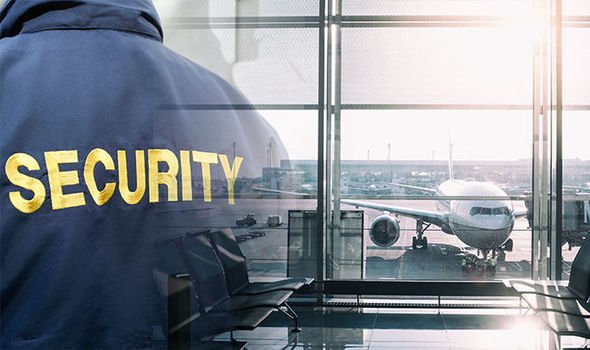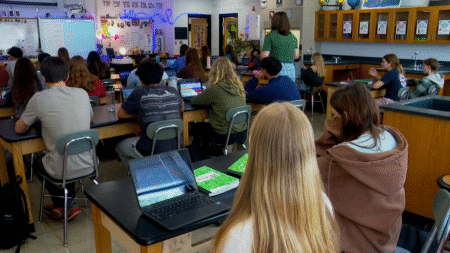Aviation security is a critical aspect of modern air travel that ensures the safety of passengers, crew, and airport infrastructure from unlawful acts and threats. It involves a comprehensive set of measures designed to prevent incidents such as hijacking, terrorism, sabotage, and other criminal activities that could compromise the safety of aircraft and the people on board. As air travel continues to grow globally, aviation security remains a top priority for governments, airlines, and regulatory bodies to maintain trust and ensure smooth operations. The primary goal of aviation security is to protect civil aviation from threats while enabling efficient and safe travel. This requires a multi-layered approach that addresses potential risks at various stages, including passenger and baggage screening, access control, cargo inspection, aircraft security, and surveillance of airport facilities.
Passenger and baggage screening is one of the most visible aspects of aviation security for travelers. Airports use a range of technologies such as metal detectors, X-ray machines, body scanners, and explosive detection systems to examine passengers and their luggage. These measures help to identify prohibited items and prevent dangerous objects from being brought onto planes. Additionally, strict access control procedures ensure that only authorized personnel can enter restricted areas of airports and aircraft. This involves identification checks, security badges, and increasingly, biometric systems such as fingerprint or facial recognition to enhance security and reduce the risk of insider threats.
Aircraft security measures include thorough inspections before boarding to detect explosives or unauthorized materials. Cargo security is equally important, as unchecked shipments could be used to smuggle weapons, explosives, or other hazardous materials onto aircraft. This involves screening cargo and mail through specialized detection equipment and adhering to strict protocols to minimize risks. Surveillance and monitoring systems such as CCTV cameras, patrols, and real-time monitoring help security personnel identify suspicious behavior or potential threats within airport premises.
Cybersecurity is an emerging and vital component of aviation security. As airports and airlines rely more heavily on digital systems for air traffic control, ticketing, and communication, protecting these networks from cyberattacks is crucial. Cyber threats could disrupt operations, compromise sensitive data, or even endanger lives if critical systems are breached. Aviation authorities continuously work on strengthening cybersecurity measures and developing rapid response strategies to mitigate these risks.
The International Civil Aviation Organization (ICAO), a specialized agency of the United Nations, plays a central role in establishing global aviation security standards. Through Annex 17 of the Chicago Convention, ICAO sets out recommended practices and protocols that member states must follow to harmonize security efforts worldwide. Other organizations such as the Transportation Security Administration (TSA) in the United States and the European Aviation Safety Agency (EASA) in the European Union enforce these standards locally and tailor them to their regional security needs. National civil aviation authorities also maintain strict regulatory frameworks to ensure compliance and continuous improvement in aviation security.
Aviation security faces several challenges as threats evolve and become more sophisticated. Terrorism remains a primary concern, with attackers seeking new methods to bypass existing security measures. Insider threats from employees with access to sensitive areas pose additional risks. Moreover, balancing stringent security controls with passenger convenience and privacy rights is a constant challenge for regulators and airport operators. Consistency in implementing security protocols across different countries and airports is vital to prevent weak points that could be exploited.
Recent technological advancements are helping to address these challenges. New screening technologies such as computed tomography (CT) scanners offer more detailed imaging of luggage contents, allowing for faster and more accurate detection of threats. Behavioral detection techniques involve trained personnel who observe passengers for suspicious actions or signs of stress that may indicate security risks. The adoption of biometric identification accelerates passenger processing while enhancing security by verifying identities with greater accuracy. Risk-based screening prioritizes resources towards higher-risk passengers and cargo, improving efficiency and effectiveness. Artificial intelligence and machine learning tools are increasingly integrated into security systems to analyze data and identify potential threats more quickly than traditional methods.
Overall, aviation security is an evolving field that adapts to the changing landscape of threats in global air travel. Through international cooperation, technological innovation, and rigorous enforcement of regulations, it strives to protect passengers, crew, and infrastructure from harm. Maintaining a high standard of aviation security is essential not only for safety but also for preserving public confidence in air travel as a safe and reliable mode of transportation.







